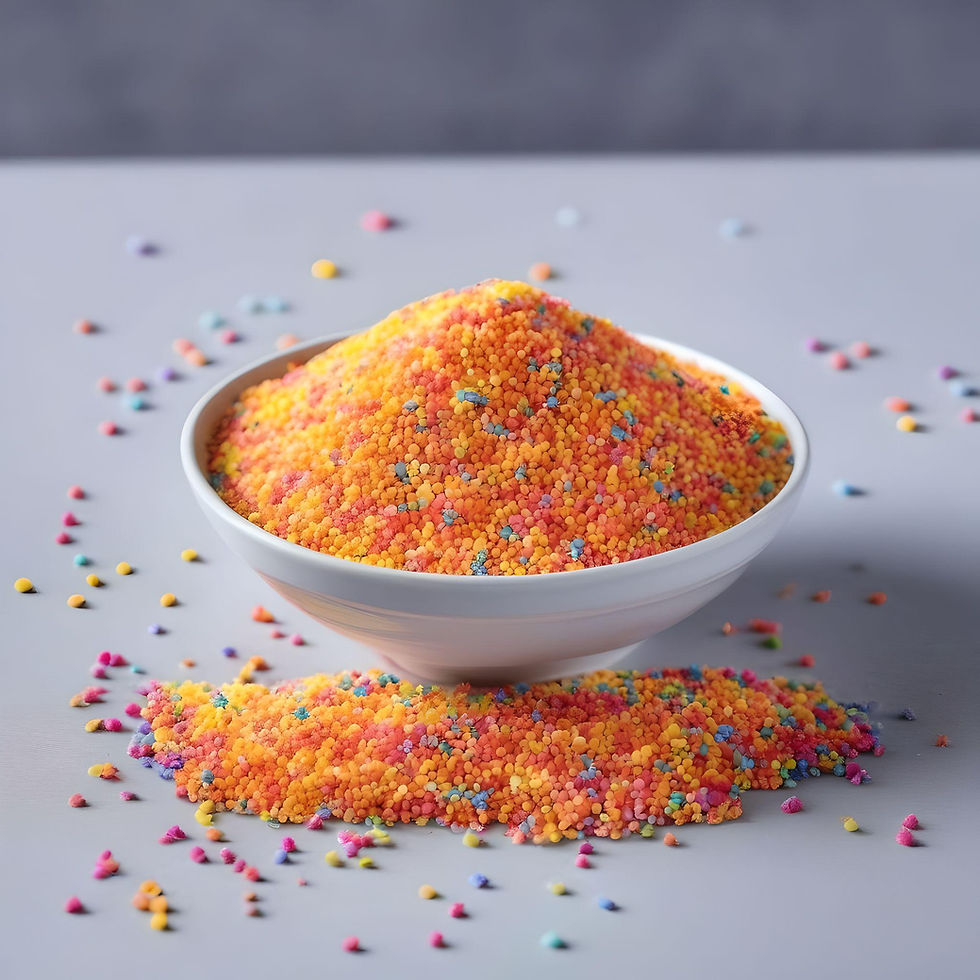- abhijeetbasavaraju
- May 11, 2024
- 1 min read
Updated: May 31, 2024
Gelatin and agar are popular gelling agents used in the culinary world, each derived from different sources and possessing unique properties. Gelatin, a protein derived from animal collagen, is used for its ability to form smooth, elastic gels, commonly found in desserts like jellies, marshmallows, and gummy candies. Agar, also known as agar-agar, is a vegetarian alternative obtained from seaweed, and forms firmer gels compared to gelatin, making it popular in molecular gastronomy and as a stabilizer in bakery and confectionery products.

1.Source and Dietary Considerations: Gelatin is animal-based, making it unsuitable for vegetarians and some religious groups. Agar is plant-based and is an excellent alternative for those following vegetarian, vegan, or certain religious dietary rules.
2.Gelling Properties: Agar sets at a higher temperature than gelatin and remains solid at room temperature, which can be advantageous in warmer climates or in dishes that require higher heat stability.
3.Nutritional Content: While both gelatin and agar are low in calories, gelatin is rich in protein, and agar contains a modest amount of fiber.
When choosing between gelatin and agar, consider the dietary preferences and the desired texture of the final dish. For those avoiding animal products, agar is the preferred choice. It's also suitable for recipes requiring firmer gelling. Ensure you purchase unflavored, unsweetened versions to have control over the flavor and sweetness of your dishes. Always check the packaging for purity and absence of additives, especially when looking for products that align with specific health or dietary needs.

